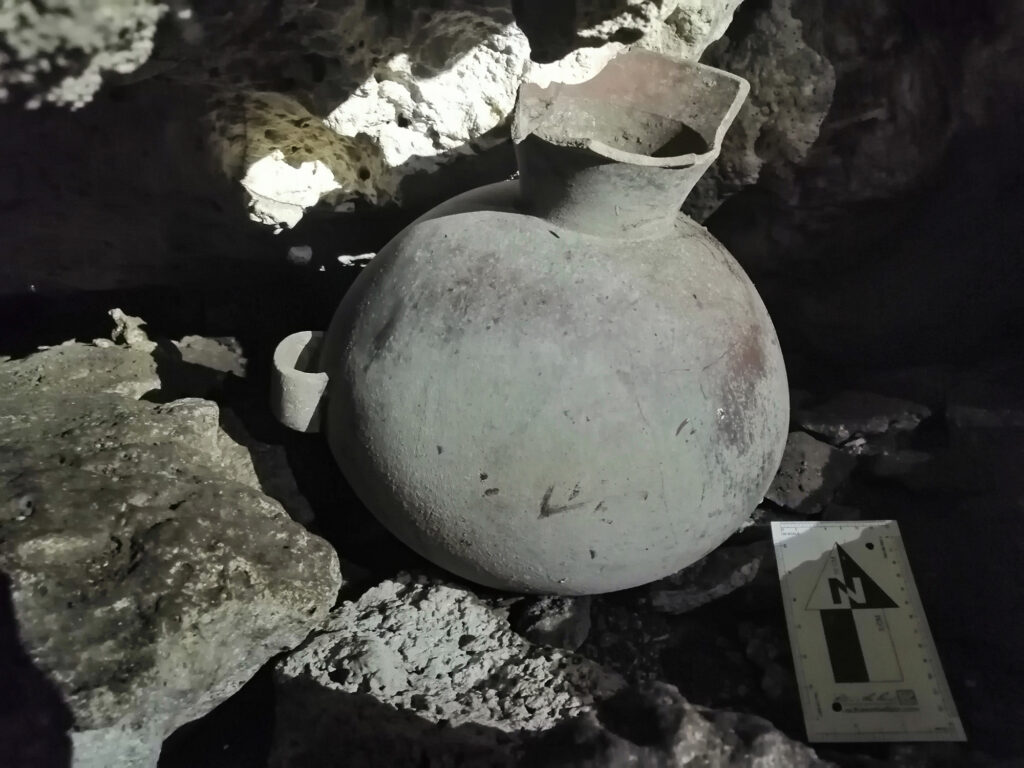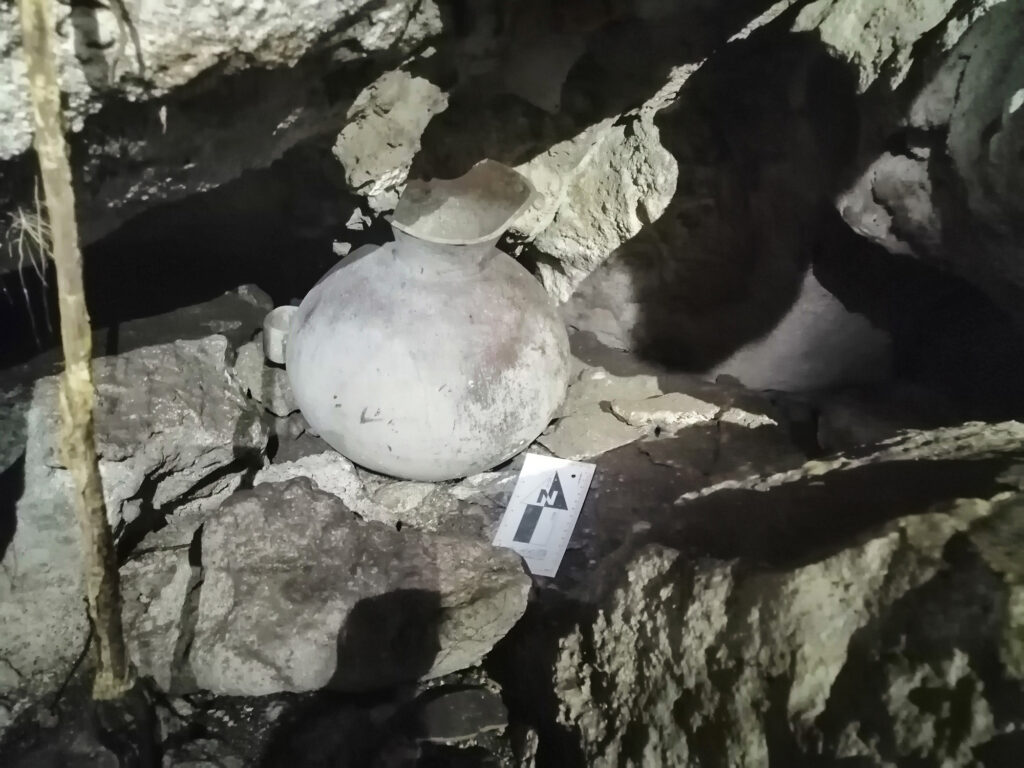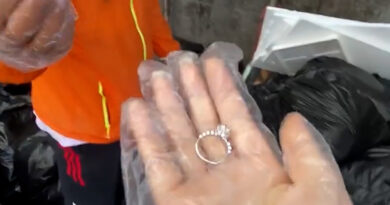Mayan Pots Used To Collect Water From Stalactites Found Still In Cave A Thousand Years Later
Experts have found Mayan pots that were placed under stalactites to collect water in a cave almost a thousand years ago and were still in the cave today.
One of the pots had been broken after a tree root grew under it and crushed it, but the others were still intact when experts were alerted to the find near the town of Chemuyil, which is located in the eastern Mexican state of Quintana Roo, in the Yucatan peninsula.
The Mexican National Institute of Anthropology and History (Instituto Nacional de Antropología e Historia) said in a statement that these caves represented “entrances to the underworld, to the home of the deities, as well as sites to obtain pristine water for sustenance” for the pre-Hispanic Mayans.

The INAH said that it received information on 20th November regarding the “presence of archaeological assets within a natural cavity in the vicinity of the town of Chemuyil”.
Margarito Molina Rendon, the director of the INAH Quintana Roo Centre, instructed the archaeologist Antonio Reyes to locate and recover the pieces.
Archaeologist Jose Antonio Reyes Solis, the head of Cultural Property Protection of the INAH Quintana Roo Centre, said that it was decided that the pieces needed to be protected because the cave is near a road and people regularly go inside, even leaving their rubbish in there.

He said: “For this reason, we will not only continue working with the Urban Cenotes Project in the exploration and mapping of the cavern and its galleries, but also in cleaning it.”
The researcher explained that the three archaeological objects were located in the “most intricate part of the cave” that was the “most difficult to access”.
They have been dated to the Late Postclassic period of the Maya (1200-1550 AD).

The first object is a rough ceramic vessel, while the second piece is a globular pot, which was found in fragments because the root of one of the trees on the surface pressed it against the rocks, causing it to break.
Both vessels, Reyes pointed out, were placed over natural niches in the cave, “probably in places where water was draining from the stalactites”.
The third object, a tripod bowl with conical supports, was “very close to a body of water”.

Reyes said: “The bowl was placed face down and covered with stones, so it is clear that it is an offering, while the vessels were used for the ritual collection of the pristine water that came down from the stalactites.”
For INAH, the area is “part of an extensive region with numerous natural cavities that were often used for the purpose of rituals.”
The three objects have been transferred to the Mayan Museum in Cancun.



